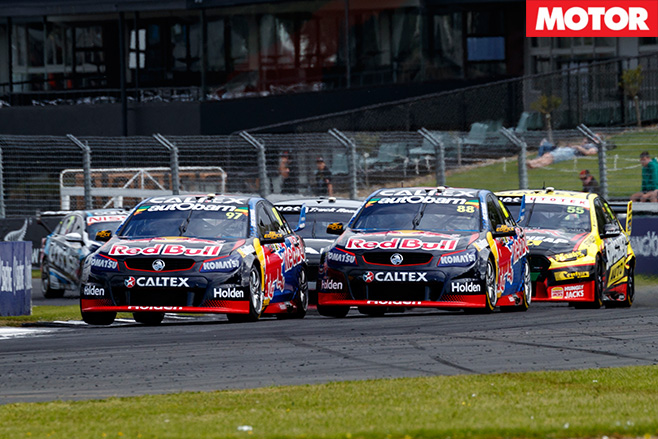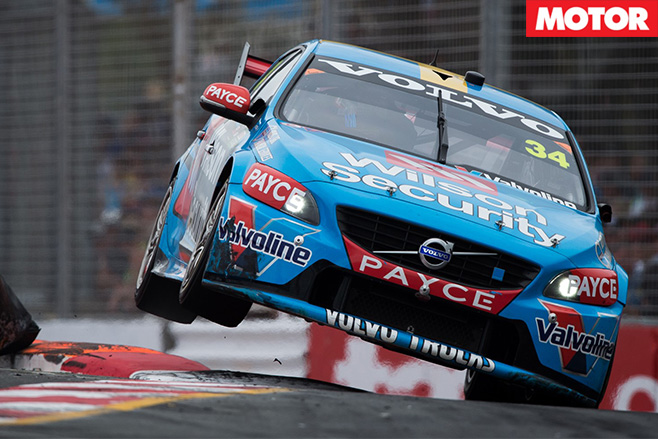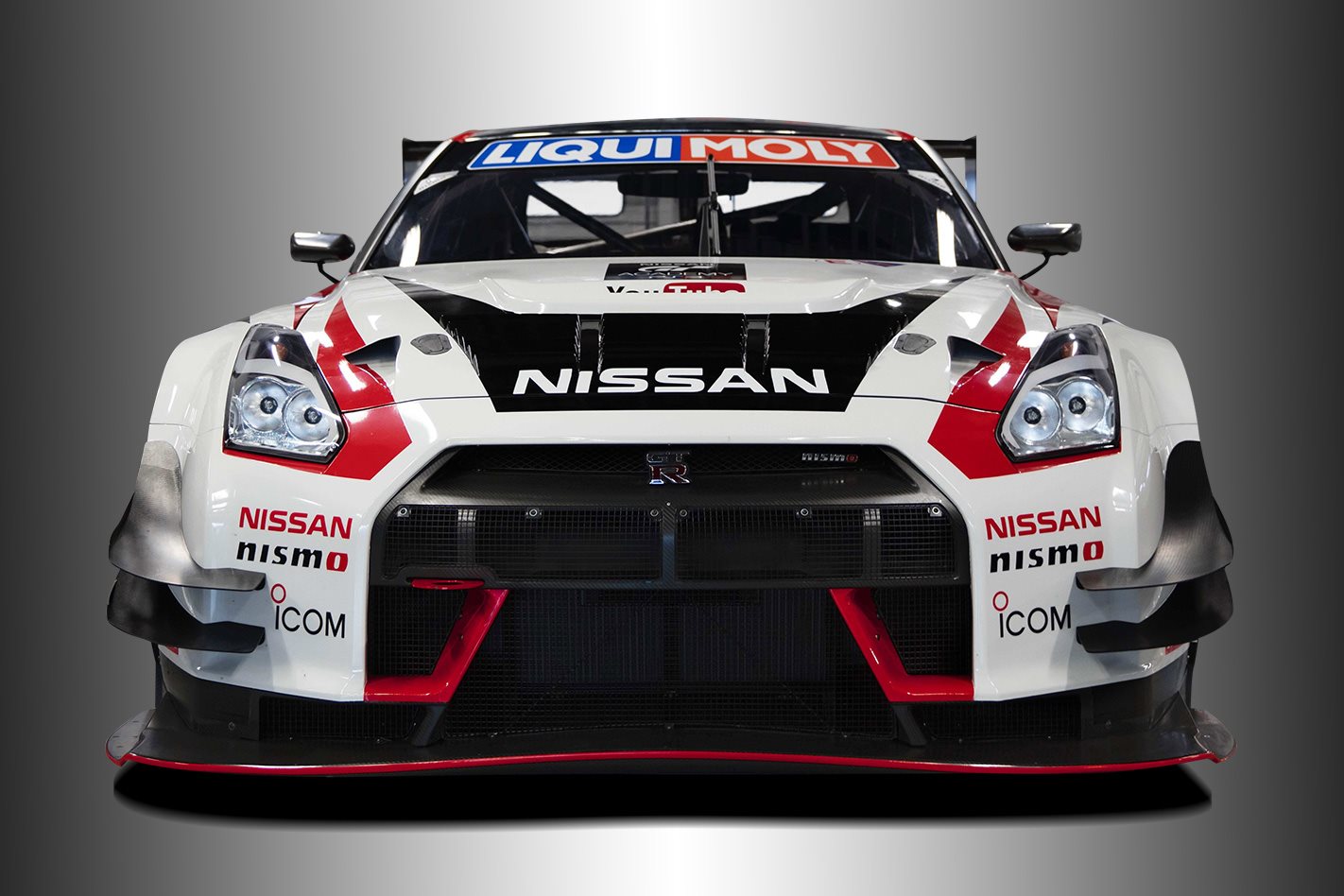The next Commodore in Supercars will be the first without a 5.0-litre V8 under the bonnet. Within a few years, the Supercars grid will be a very different place. No Falcons, no Commodores as we know them, no Nissan Altimas and no Volvos.
By the end of the decade, there may not even be any V8s.
The future of Supercars is not only heading further away from its Holden versus Ford roots, but also beyond V8-powered sedans to include downsized turbocharged V6s and two-door coupes.
The big change begins in 2017 with the introduction of the Gen2 Supercars rules, which allow a wider choice of engines and body styles. Not that you’ll notice any immediate difference.

Why Australia needs a supercar
The Lion’s next-gen Supercars weapon will be based on the look of the imported Commodore that replaces the locally made VF and most likely be powered by a twin-turbo V6.
There definitely won’t be a V8 under the bonnet, unlike every other Commodore model that’s competed in Australian touring car racing since the nameplate first took to the track in 1980.
Gen2 facilitates this cultural upheaval by opening Supercars to engine configurations other than V8s, which have ruled for more than two decades. Also allowed are two-door coupes alongside the traditional four-door sedans.
It’s all about future-proofing the category formerly known as V8 Supercars – at least until the end of 2021, when the current framework will be up for a complete overhaul.

The seismic shift is that smaller capacity turbo V6s and in-line fours are allowed as well. The most viable alternative is a twin-turbo V6, restricted for parity purposes to a maximum of 3.85 litres with electronically limited boost.
Several automotive manufacturers have production-based twin-turbo V6 race engines that could be adapted to the new racing format – most notably, GM, Ford and Nissan. These off-the-shelf motors can be modified or retuned to match the power of the current normally-aspirated 5.0-litre V8s cost-effectively.
The announced regulations for two-door coupes raised hopes that the new regulations would entice Ford Australia back with the Mustang and tempt Nissan to switch to the GT-R, as well as attracting other glamour makes and models.
And yet, apart from Holden, nobody is rushing to embrace the Gen2 initiative. Forget newcomers. It hasn’t swayed the other incumbent V8 makes, either.

Nissan will investigate its Gen2 options as part of the debate about continuing in 2019 and beyond. Whether that includes a Supercars version of the GT-R raises an interesting point.
Both the GT-R and Mustang are high-drag shapes – especially when adorned with wings and things – which won’t play well with Supercars’ aerodynamic-parity rules. Their bluff facades are further aggravated by the fact that their roofs would have to be raised to meet the minimum height requirement.
Supercars probably isn’t the right image for the tech-heavy GT-R and by 2019 the ageing current car will be close to replacement. On the other hand, the Mustang is viewed as the Falcon’s natural Supercars successor and powerful interests are at work in Detroit.
Despite financial, technical and political hurdles, new-generation Mustangs could line up against the next-gen Commodores as soon as 2018 to ignite a new era of Ford versus Holden rivalry.





